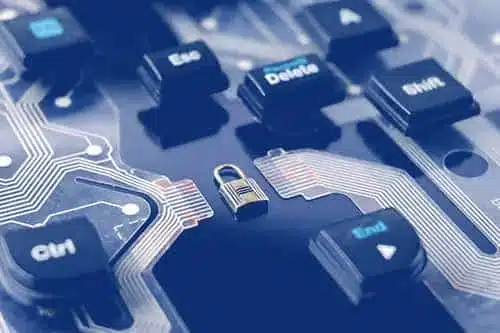Don’t Let DB2 Licensing Issues Derail Your Business Momentum
October 3, 2025
3 min read
October 3, 2025
3 min read
IBM DB2 remains a vital piece of software for so many businesses as it is used to store, manage, and retrieve structured data for organizations’ critical applications, including enterprise software, cloud-native apps, and data-driven AI and machine learning initiatives. A required resource that must remain reliable and one that still performs today.
It is a powerful relational database system used widely across a whole host of industries — from finance and government to healthcare and manufacturing. However, understanding the licensing behind the system can be far from straightforward. Between Authorized User licenses, PVUs, sub-capacity metrics, and z/OS pricing models, many organizations struggle to maintain compliance and control costs.
In this blog, we’ll break down DB2 licensing in simple terms for you, outline common cost traps, and explain why Origina’s independent support can offer you a more flexible, transparent, and cost-effective alternative to traditional IBM contracts.
IBM offers several ways to license your DB2, depending on your deployment type, number of users, and hardware capacity. Let’s take a look at each in detail.
This model charges per named user who accesses the DB2 environment. Each user needs their own license, regardless of how frequently they use the system.
Drawbacks:
PVU licensing charges based on the number and type of processor cores running DB2. Each processor core is assigned a PVU value depending on the hardware.
Drawbacks:
A refinement of PVU licensing, sub-capacity allows you to license only the cores actually allocated to DB2, not the full capacity of the server.
Drawbacks:
Mainframe deployments are licensed based on MIPS or MSUs (Millions of Instructions/Service Units per second). These models often involve custom pricing and tight IBM contractual terms.
Drawbacks:
IBM offers DB2 as a managed service or containerized subscription in IBM Cloud, AWS, or via Red Hat OpenShift. Pricing may be usage-based or licensed by cores in cloud containers.
Drawbacks:
Even experienced DBAs and procurement teams fall into traps when dealing with DB2 licensing. Some of the most common include:
Beyond the face-value cost of a license, DB2 users may face:
IBM DB2 users face many issues with their licenses but they do have options.
Origina can dramatically reduce both the direct and indirect costs of your DB2 licensing. One way is through license optimization and audit defense; independent support experts can analyze your actual DB2 usage, identify overprovisioning, and help you shift to more efficient licensing models (e.g., sub-capacity or user-based licensing).
Origina can also help your business to avoid costly support renewals. Many organizations renew IBM support simply to stay compliant, even if they rarely use it. Third-party support offers break-fix support, proactive issue resolution, and security maintenance at a fraction of IBM’s S&S fees — without requiring access to OEM-released Fix Packs.
You will also get greater flexibility for your existing systems. Older DB2 versions (e.g., 9.7, 10.1) may no longer be supported by IBM. Independent software maintenance providers can extend support for these systems without forced upgrades.
Gain insight into industry-only news, access to webinars, tips and tricks, blog posts, podcasts, and guides, surrounding topics like cybersecurity, reducing software support and maintenance costs and much more, all delivered to your inbox each month.
LEARN MORE